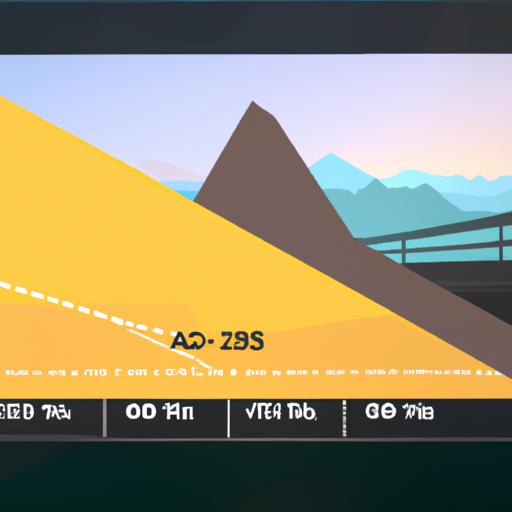Call to action: Learn how to maximize the power of geolocation and tracking with the comprehensive guide on Geocreepy. Click here to access the guide: https://www.geocreepy.com/.
Geolocation and Tracking have become an integral part of our lives. From finding directions to Tracking our fitness, we rely on location-based services to make our lives easier. However, with the increasing use of Geolocation and Tracking, concerns about privacy and security have also risen. In this article, we will explore how to maximize the creepiness of Geolocation and Tracking, and what steps you can take to protect your privacy.
What is Geolocation and Tracking?
Geolocation is the process of determining the location of a device or person using GPS, Wi-Fi, or cellular data. Tracking, on the other hand, is the continuous monitoring of a device or person’s location. Geolocation and Tracking are used in a variety of applications, including navigation, social media, and fitness Tracking.
Why is Geolocation and Tracking Creepy?
Geolocation and Tracking can be Creepy because they allow others to know your exact location at all times. This can be especially concerning if you are not aware that you are being tracked. Additionally, Geolocation and Tracking can be used to build a profile of your habits and behaviors, which can be used for targeted advertising or even to predict your future actions.
Maximizing Creepy for Geolocation and Tracking
If you want to maximize the creepiness of Geolocation and Tracking, there are several steps you can take:
1. Use Social Media
Social media platforms like Facebook and Instagram allow you to share your location with your friends and followers. By sharing your location, you are giving others the ability to track your movements and know where you are at all times.
2. Use Location-Based Apps
Many apps, such as weather apps and restaurant finders, require access to your location to function properly. By using these apps, you are giving them access to your location data, which can be used to track your movements.
3. Use Wearable Devices
Wearable devices like fitness trackers and smartwatches can track your location and movements throughout the day. This data can be used to build a profile of your habits and behaviors.
4. Use Public Wi-Fi
Public Wi-Fi networks can be used to track your location. When you connect to a public Wi-Fi network, your device sends out a signal that can be used to determine your location.
5. Use Geotags
Geotags are metadata that are embedded in photos and videos that you take with your smartphone. By using geotags, you are giving others the ability to track your movements and know where you are at all times.

Protecting Your Privacy
If you are concerned about your privacy and want to protect yourself from Geolocation and Tracking, there are several steps you can take:
1. Turn Off Location Services
Turning off location services on your smartphone can prevent apps from accessing your location data. This can help protect your privacy and prevent others from Tracking your movements.
2. Use a VPN
Using a virtual private network (VPN) can help protect your privacy by encrypting your internet traffic and hiding your IP address. This can prevent others from Tracking your online activities and location.
3. Use Privacy Settings
Many apps and social media platforms have privacy settings that allow you to control who can see your location data. By using these settings, you can limit who has access to your location data and protect your privacy.
4. Be Mindful of What You Share
Be mindful of what you share on social media and other platforms. Avoid sharing your location data and other personal information that can be used to track your movements.
Geolocation and Tracking have become an integral part of our lives, but they can also be Creepy and invasive. By following the steps outlined in this article, you can maximize the creepiness of Geolocation and Tracking, or protect your privacy and prevent others from Tracking your movements. Remember to be mindful of what you share online and use privacy settings to control who has access to your location data.




